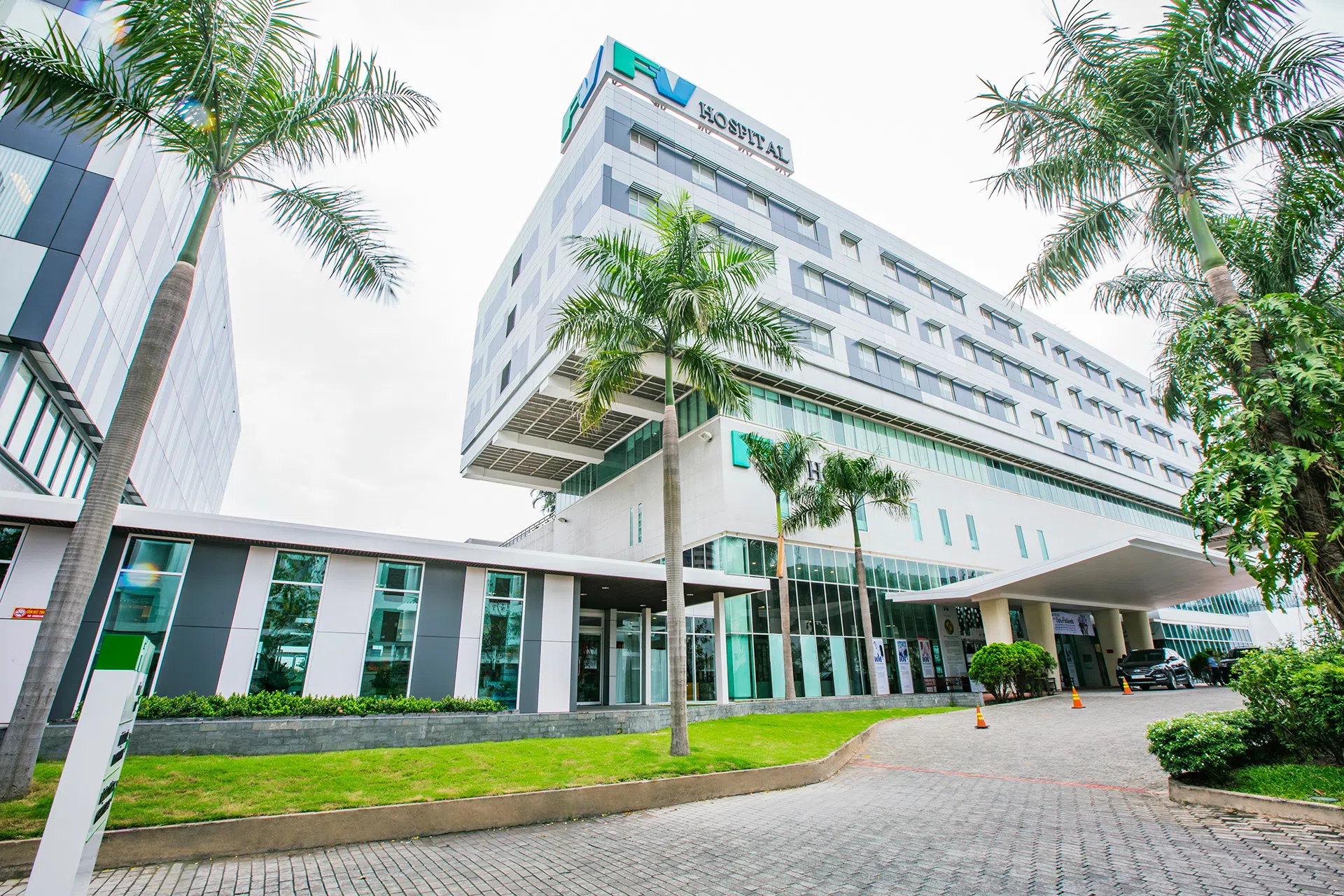ADVANCED Micro Devices (AMD) said on Thursday (Oct 10) it plans to start mass production of a new version of its artificial intelligence (AI) chip called the MI325X in the fourth quarter of the year, as it seeks to bolster its presence in a market dominated by Nvidia.
At an event in San Francisco, AMD CEO Lisa Su said the company plans to release its next-generation MI350 series chips in the second half of 2025. These chips include an increased amount of memory and will boast a new underlying architecture that AMD said will improve performance significantly over the prior MI300X and MI250X chips.
The announcements were broadly expected based on AMD disclosures earlier this year. They failed to cheer investors, who sent AMD shares down nearly 5 per cent in afternoon trading. Some analysts attributed the fall to the absence of large new cloud-computing customers for the chips.
Shares of rival Nvidia were up 1.5 per cent while Intel fell 1.6 per cent.
Demand for AI processors from major technology companies such as Microsoft and Meta Platforms has been far outpacing supply from Nvidia and AMD, allowing the semiconductor companies to sell as much as they can produce.
That has driven a massive rally in chip stocks over the past two years, with AMD’s shares up about 30 per cent since a recent low in early August.
BT in your inbox
Start and end each day with the latest news stories and analyses delivered straight to your inbox.
“There are no new customers announced so far,” said Summit Insights research analyst Kinngai Chan, adding that the stock had gained ahead of the event in anticipation of “something new.” Santa Clara, California-based AMD said vendors such as Super Micro Computer would begin to ship its MI325X AI chip to customers in the first quarter of 2025. The AMD design aims to compete with Nvidia’s Blackwell architecture.
The MI325X chip uses the same architecture as the already-available MI300X, which AMD launched last year. The new chip includes a new type of memory that AMD said will speed AI calculations.
AMD’s next-generation AI chips are likely to put further pressure on Intel, which has struggled to deploy a coherent AI chips strategy. Intel has forecast AI chip sales of more than US$500 million in 2024.
New server, PC chips
AMD’s Su also said at the event that the company does not currently have plans to use contract chip manufacturers beyond Taiwan Semiconductor Manufacturing Company (TSMC) for advanced manufacturing processes, which are used to produce speedy AI chips.
“We would love to use more capacity outside of Taiwan. We are very aggressive in the use of TSMC’s Arizona facility,” Su said.
AMD also unveiled several networking chips that help speed moving data between chips and systems inside data centres.
The company announced the availability of a new version of its server central processing unit design. The family of chips formerly codenamed Turin includes a version of one of them that is designed to keep the graphics processing units fed with data – which will speed AI processing.
The flagship chip boasts nearly 200 processing cores and is priced at US$14,813. The whole line of processors uses the Zen 5 architecture that offers speed gains of as much as 37 per cent for advanced AI data crunching.
Beyond the data centre chips, AMD announced three new PC chips aimed at laptops, based on the Zen 5 architecture. The new chips are tuned to run AI applications and will be capable of running Microsoft’s Copilot+ software. In July, AMD raised its AI chip forecast to US$4.5 billion for the year from its previous target of US$4 billion. Demand for its MI300X chips has surged because of the frenzy around building and deploying generative AI products.
This year analysts expect AMD to report data centre revenue of US$12.83 billion, according to LSEG estimates. Wall Street expects Nvidia to report data centre revenue of US$110.36 billion. Data centre revenue is a proxy for AI chips needed to build and run AI applications.
Analysts’ rising earnings expectations have kept AMD and Nvidia’s valuations in check despite the share surge. Both the companies trade at more than 33 times their 12-month forward earnings estimates, compared with the benchmark S&P 500’s 22.3. REUTERS







